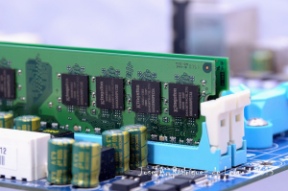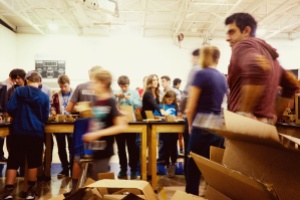 By now, you’ve probably heard about makerspaces. (If not, catch up here). Here at CMLE, we think they are pretty exciting. All the opportunities for hands-on learning and creation! But it’s easy to find the endless possibilities slightly overwhelming. Wondering where to start? CMLE has done that work for you! We’ve published a great deal about makerspaces, and want to share our wealth of knowledge! See below for ideas and inspiration, tools to use, and where to find makerspaces.
By now, you’ve probably heard about makerspaces. (If not, catch up here). Here at CMLE, we think they are pretty exciting. All the opportunities for hands-on learning and creation! But it’s easy to find the endless possibilities slightly overwhelming. Wondering where to start? CMLE has done that work for you! We’ve published a great deal about makerspaces, and want to share our wealth of knowledge! See below for ideas and inspiration, tools to use, and where to find makerspaces.
- Ideas:
- Of course we found out how much Pinterest has to offer makerspaces!
- Browse this post featuring makerspace inspiration from chemistry sets to edible books!
- Peruse our post about CMLE’s Makerspace LibGuide, where you can find even more ideas – and definitely let us know if you have an idea we need to include!
- Tools or Gadgets:
- Discover some up-and-coming kits found at the SXSWi expo.
- Check out these tools for middle-school makerspaces.
- Find out what got adults so excited about their experiences with Makey Makey kits.
- Try some game-based tools to engage students.
- Even try a Google Cardboard makerspace in order to experience Virtual Reality!
- Locations:
- Find out why makerspaces make sense in most libraries.
- That includes academic and public libraries too!
- Check out how this local high school has used makerspaces!
Image credit: http://tinyurl.com/pkdbtf9, licensed under CC BY-NC-ND 2.0

